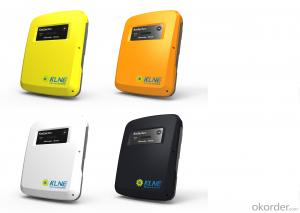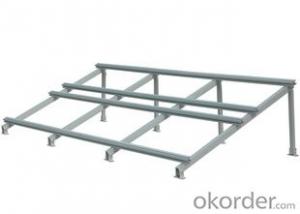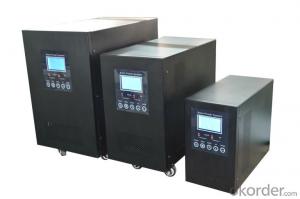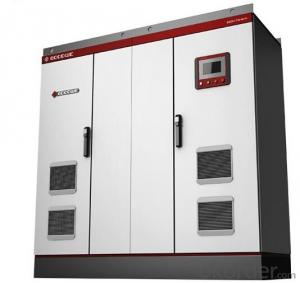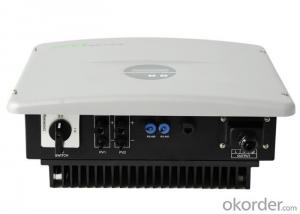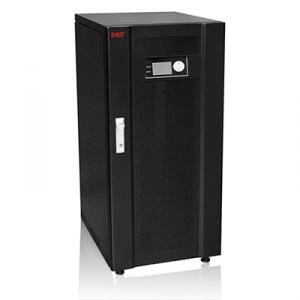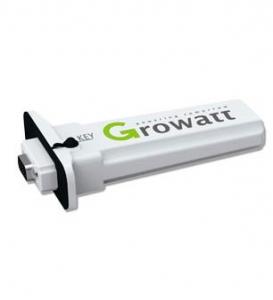Mtn Solar Inverter Nairaland
Mtn Solar Inverter Nairaland Related Searches
Solar Inverter Nairaland Mtn Solar Inverter Mtn Luminous Solar Inverter Mtn Solar Inverter Jumia Mtn Solar Inverter Price Mppt Solar Inverter Powerland Solar Inverter Mppt Solar Power Inverter Mppt Inverter Solar Solar Inverter Melbourne Mp Solar Inverter Solar Inverter Nepal Mppt Solar Pump Inverter Powland Solar Inverter Mppt Solar Hybrid Inverter Mppt Hybrid Solar Inverter Solar Inverter Malaysia Uk Solar Inverter Mppt Solar Inverter Charger Microtek Mppt Solar Inverter 3 Mppt Solar Inverter Solar Inverter Christchurch Micro Inverter Solar Taiwan Solar Inverter Invt Solar Inverter Solar Inverter Taiwan Micro Inverter Solar System Solaris Solar Inverter Solar Inverter Perth Mitsubishi Solar InverterMtn Solar Inverter Nairaland Supplier & Manufacturer from China
Mtn Solar Inverter Nairaland is a collection of solar inverters designed to convert solar energy into usable electrical power for various applications. These products are engineered to provide reliable and efficient power solutions, catering to the needs of both residential and commercial consumers. The solar inverters included in this range are known for their high-quality performance and durability, making them a popular choice among users seeking sustainable energy solutions.The Mtn Solar Inverter Nairaland products are widely used in various scenarios where a stable power supply is required. They are commonly employed in off-grid systems, grid-tied systems, and hybrid systems, ensuring a seamless flow of electricity to homes, businesses, and other establishments. These inverters are also suitable for use in remote areas where access to traditional power sources may be limited, making them an essential component in the transition towards renewable energy.
Okorder.com is a reputable wholesale supplier of Mtn Solar Inverter Nairaland products, boasting a vast inventory to cater to the diverse needs of customers worldwide. With a commitment to quality and customer satisfaction, Okorder.com ensures that the solar inverters they provide meet the highest industry standards. By offering a comprehensive selection of Mtn Solar Inverter Nairaland products, Okorder.com has established itself as a go-to source for those seeking reliable and efficient solar power solutions.
Hot Products
